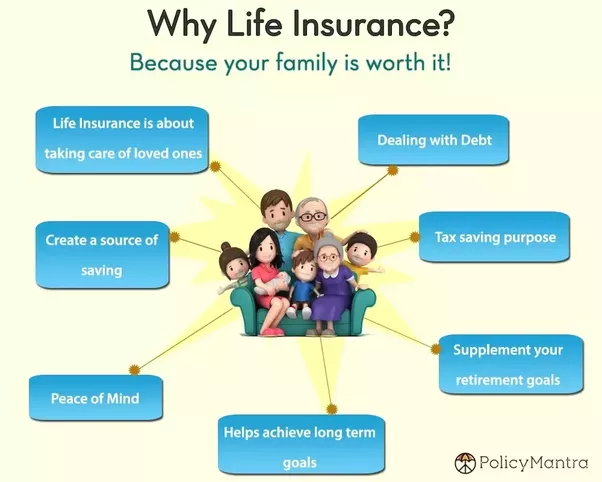Get This Report about Pacific Prime
Get This Report about Pacific Prime
Blog Article
The Of Pacific Prime
Table of ContentsSome Known Facts About Pacific Prime.An Unbiased View of Pacific PrimePacific Prime - An OverviewA Biased View of Pacific PrimeThe Pacific Prime Statements

This is since the data were accumulated for a duration of solid financial efficiency. Of the estimated 42 million people that were uninsured, almost about 420,000 (concerning 1 percent) were under 65 years old, the age at which most Americans come to be eligible for Medicare; 32 million were grownups in between ages 18 and 65, about 19 percent of all adults in this age team; and 10 million were youngsters under 18 years of age, regarding 13.9 percent of all children (Mills, 2000).
These quotes of the number of individuals without insurance are generated from the annual March Supplement to the Present Populace Study (CPS), performed by the Census Bureau. Unless or else noted, national price quotes of individuals without wellness insurance policy and proportions of the populace with various type of protection are based on the CPS, one of the most extensively used source of quotes of insurance policy protection and uninsurance rates.
Indicators on Pacific Prime You Need To Know

Still, the CPS is especially useful because it produces yearly estimates reasonably quickly, reporting the previous year's insurance policy protection approximates each September, and since it is the basis for a consistent collection of estimates for even more than twenty years, permitting for evaluation of trends in coverage over time. For these factors, in addition to the considerable usage of the CPS in various other research studies of insurance protection that are offered in this report, we rely upon CPS price quotes, with constraints kept in mind.

The estimate of the variety of without insurance people broadens when a populace's insurance policy standing is tracked for numerous years. Over a three-year duration starting early in 1993, 72 million individuals, 29 percent of the U.S. https://dzone.com/users/5122954/pacificpr1me.html. population, were without insurance coverage for at least one month. Within a single year (1994 ), 53 million individuals experienced at the very least a month without coverage (Bennefield, 1998a)
Six out of every ten uninsured grownups are themselves employed. Although working does improve the possibility that and one's family participants will certainly have insurance, it is not an assurance. Also members of family members with 2 full time wage earners have practically a one-in-ten possibility of being without insurance (9.1 percent without insurance rate) (Hoffman and Pohl, 2000).
Excitement About Pacific Prime
New immigrants represent a considerable percentage of individuals without wellness insurance coverage. One evaluation has associated a significant section of the recent development in the dimension of the united state without insurance population to immigrants who arrived in the nation in between 1994 and 1998 (Camarota and Edwards, 2000). Current immigrants (those that concerned the United States within the past four years) do have a high rate of being without insurance (46 percent), but they and their youngsters make up just 6 percent of those without insurance coverage nationally (Holahan et al., 2001).
The relationship between medical insurance and access to care is well established, as recorded later in this chapter. Although the relationship between health and wellness insurance and wellness results is neither direct nor straightforward, a substantial medical and health solutions research literary works web links medical insurance coverage to improved access to care, better high quality, and improved individual and population wellness standing.
Degrees of evaluation for taking a look at the effects of uninsurance. This conversation of medical insurance protection concentrates mainly on the U.S. populace under age 65 due to the fact that virtually all Americans 65 and older have Medicare or other public coverage. It focuses specifically on those without any kind of health and wellness insurance coverage for any type of length of time.
The 10-Second Trick For Pacific Prime
The troubles dealt with by the underinsured are in some aspects similar to those faced by the uninsured, although they are usually much less extreme. Health insurance policy, however, is neither necessary nor sufficient to gain access to medical services. The independent and straight effect of health insurance protection on accessibility to health services is well developed.
Others will get the health and wellness care they require even without wellness insurance coverage, by paying for it out of pocket or seeking it from providers who offer care cost-free or at extremely subsidized prices. For still others, medical insurance alone does not make sure invoice of care due to other nonfinancial obstacles, such as a lack of healthcare companies in their area, limited accessibility to transportation, illiteracy, or linguistic and social differences.
Some Known Details About Pacific Prime
Formal research study concerning uninsured populaces in the more info here USA dates to the late 1920s and very early 1930s when the Committee on the Expense of Medical Treatment created a collection of records about financing doctor workplace check outs and hospital stays. This issue came to be prominent as the varieties of medically indigent climbed throughout the Great Depression.
Report this page